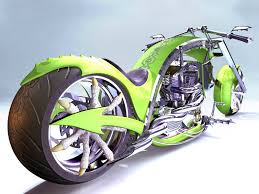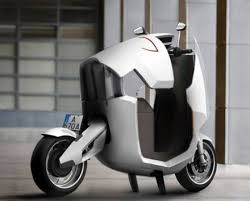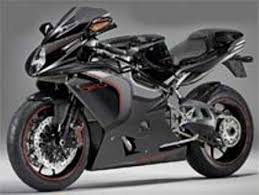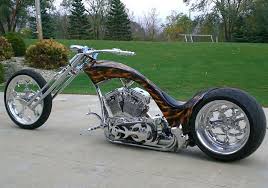Counter steering came almost naturally to me. I will not go into a long explanation here. Basically, on a motorcycle, other than at very slow speeds, when you want to turn, you actually turn the steering wheel in the opposite direction of the way you want to go. This induces the motorcycle to lean and then turn.
One of the most important lessons I learned when taking the course was that the bike would go where you are looking. I had read about it and now I got the chance to see it in action. The bike will follow where your eyes are focused. You do not want to look at the obstacle you are tying to avoid, but rather, the track that you want to follow. Also, the motorcycle can do a lot more than you think it can.

Another lesson that was confirmed happened because of the rain. I came to a stop somewhere in the parking lot and planted both feet firmly on the asphalt. My right foot however did not stop moving. Despite the aggressive tread design on the boots, my right foot had landed on a red parking lot stripe. When my foot hit the stripe it slid sideways giving me a slight scare that I might drop the bike right before my foot hit the unpainted asphalt and the tread bit in and came to a stop.
We took an hour break for lunch and then came back and practiced some more. Next we practiced riding over an obstacle. The obstacle we used was a 4/4 board that we shifted our weight from back to front on the bike as we drove over perpendicularly. We were all getting used to the motorcycles by now. What really amazed me was how well they gripped the road, even with it being constantly wet. In between practice courses we could get the bikes up to a little faster speeds, turning and stopping. They just stuck to the wet ground, very impressive.
Soaking wet after a hard days motorcycle training learning all kinds of new skills it was time to go for the day. We helped put up all the bikes, cones and equipment.
Tomorrow we would be learning some more challenging things and then take the Motorcycle Riding test so we could go to the Texas Department of Public Transportation and take the Motorcycle Riding License test. The forecast for tomorrow was still rain. I could hardly wait.
Ride on,
Torch



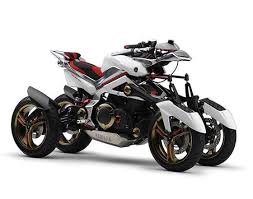

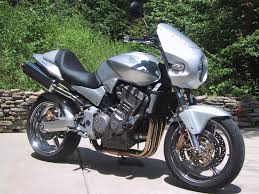
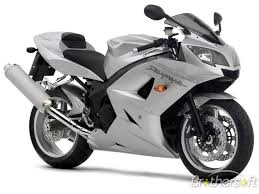
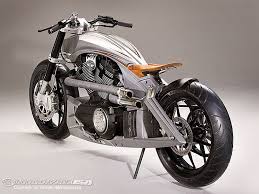

![Reblog this post [with Zemanta]](http://img.zemanta.com/reblog_e.png?x-id=f158dae9-3a6f-46b8-aea4-8ed79d555441)

![Reblog this post [with Zemanta]](http://img.zemanta.com/reblog_e.png?x-id=2c0b402b-a500-4411-be07-3b63b88dee51)

![Reblog this post [with Zemanta]](http://img.zemanta.com/reblog_e.png?x-id=bf3db3ed-9d09-48bd-8cef-a1609195f2ee)
